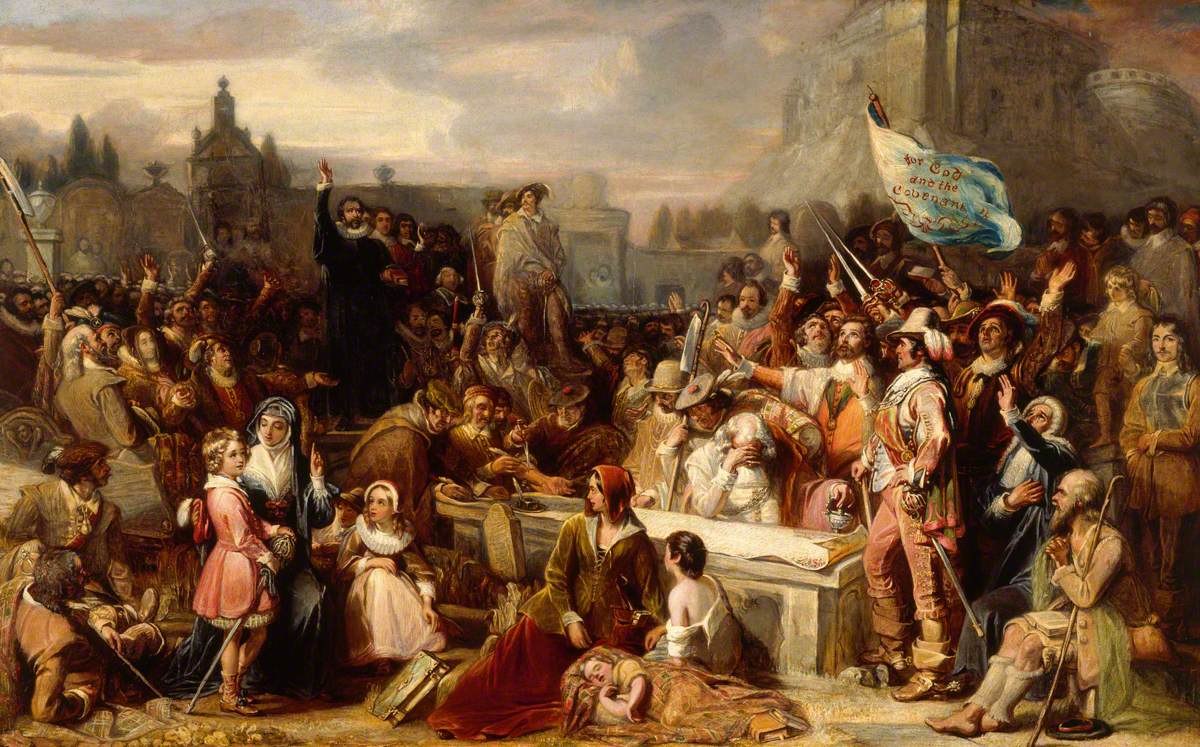
Acts of Union 1707
United KingdomThe Acts of Union of 1706 and 1707 were two landmark pieces of legislation passed by the Parliaments of England and Scotland, respectively. They were designed to bring the two separate kingdoms into a single political entity, creating the Kingdom of Great Britain. This followed the Treaty of Union, agreed upon by commissioners representing both parliaments on July 22, 1706. These Acts, which came into effect on May 1, 1707, unified the English and Scottish Parliaments into the Parliament of Great Britain, based at the Palace of Westminster in London.
The idea of union between England and Scotland had been contemplated since the Union of the Crowns in 1603, when James VI of Scotland inherited the English throne as James I, uniting the two crowns in his person. Despite his ambitions to merge the two realms into a single kingdom, political and religious differences prevented a formal union. Initial attempts in 1606, 1667, and 1689 to create a unified state through parliamentary acts had failed. It was not until the early 18th century that the political climates of both countries became conducive to union, each driven by different motivations.
The backdrop to the Acts of Union was complex. Prior to 1603, Scotland and England had distinct monarchs and often conflicting interests. James VI's accession to the English throne brought a personal union but maintained separate legal and political systems. James's desire for a unified kingdom was met with resistance from both parliaments, particularly from the English who feared absolutist governance.
Efforts to create a unified church also failed, as religious differences between the Calvinist Church of Scotland and the Episcopal Church of England were too significant. The Wars of the Three Kingdoms (1639–1651) further complicated relations, with Scotland emerging with a Presbyterian government following the Bishops' Wars. Subsequent civil wars saw fluctuating alliances and culminated in Oliver Cromwell's Commonwealth, which temporarily unified the countries but was dissolved with the Restoration of Charles II in 1660.
Economic and political tensions persisted into the late 17th century. Scotland's economy was hit hard by the English Navigation Acts and wars with the Dutch, leading to unsuccessful attempts at negotiation for trade concessions. The Glorious Revolution of 1688, which saw William of Orange replace James VII, further strained relations. The Scottish parliament's abolition of Episcopacy in 1690 alienated many, sowing seeds of division that would later affect union debates.
The late 1690s were marked by severe economic hardship in Scotland, exacerbated by the disastrous Darien scheme, an ambitious but failed attempt to establish a Scottish colony in Panama. This failure crippled the Scottish economy, creating a sense of desperation that made the idea of union more appealing to some. The political landscape was ripe for change as economic recovery seemed increasingly tied to political stability and access to English markets.
The early 18th century saw renewed efforts for union, driven by economic necessity and political maneuvering. The Alien Act of 1705 by the English Parliament threatened severe sanctions on Scotland unless it entered negotiations for union. This act, alongside economic incentives and political pressure, pushed the Scottish Parliament towards agreement.
Despite significant opposition within Scotland, where many viewed the union as a betrayal by their own elite, the Acts were passed. The unionists argued that economic integration with England was vital for Scotland’s prosperity, while anti-unionists feared loss of sovereignty and economic subjugation. Ultimately, the union was formalized, creating a single British state with a unified parliament, marking the beginning of a new political and economic era for both nations.
Ask Herodotus
HistoryMaps Shop

Heroes of the American Revolution Painting
Explore the rich history of the American Revolution through this captivating painting of the Continental Army. Perfect for history enthusiasts and art collectors, this piece brings to life the bravery and struggles of early American soldiers.








